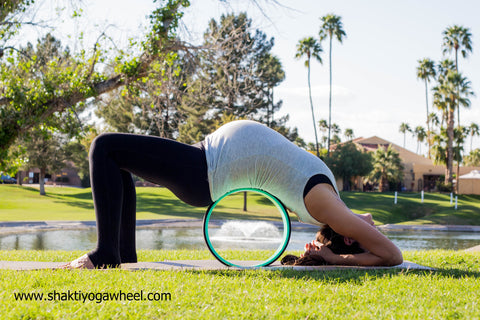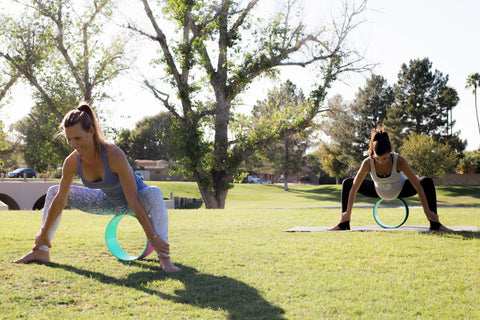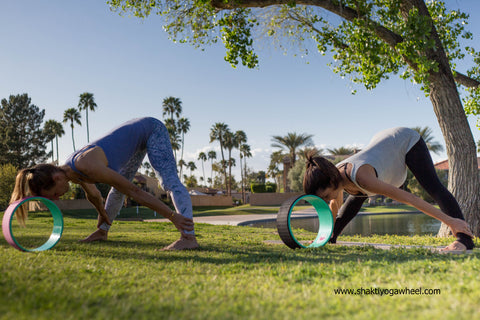Pregnancy can be both an exciting and a nerve-wracking time of all-encompassing change. The changes can vary dramatically from person to person, and also from one pregnancy to another. Even if you’ve read every baby book, mommy blog, and pregnancy magazine out there, you still might not fully anticipate what physical, mental, and emotional changes will ensue until you’re actually in the thick of it! And if you’ve had a regular yoga practice in the months or years preceding your pregnancy, you may also be wondering how your pregnancy will change your practice.

Prenatal yoga is often recommended by health care providers as an ideal physical activity for expectant mothers. And, with recent yoga-focused research showing that pregnant practitioners may continue their routines more intensively than previously thought, seasoned students may be able to keep up with their regular classes during pregnancy by integrating a few trimester-specific modifications for personal comfort and safety. These modifications and the usage of the Shakti Yoga Wheel may help students.
Be careful to avoid overstretching or hyper extending joints beyond their normal range of motion. In early pregnancy, the hormone relaxin is produced to—you guessed it!—relax and loosen muscles, joints, and connective tissue around the pelvis in preparation for childbirth. It may be tempting to take advantage of this during your yoga practice, but try to stick with the range of motion to which you’ve been accustomed in order to prevent injury or long-term joint instability, especially in groin-focused asanas like baddha konasana (bound angle, or "butterfly"). This may also mean taking shorter stances in standing poses like virabhadrasana I and II (warrior I and II), in order to prevent unnecessary demand on the pelvic and hip joints.

Backbends without any support may be uncomfortable now. Pushing too far into a backbend if it is not so accessible for your body can compromise the joints and muscles of the lower back at any time, but during pregnancy it can place unwanted pressure on the abdomen and uterus as well. Non-weight-bearing backbends such as supported bridge pose or supported Urdhva Dhanurasana because gentle backbends allow for greater control over the depth of the backbend. In these poses, it is easier to focus on bending just at mid spine and above. This will still provide a nice opening sensation in your chest and shoulders, but will keep you from going too deep into the backbend.

You may want to sit on blocks or bolsters in poses like malasana (garland pose), or practice goddess pose or a wide-legged supported squat pose.

Slow, deep, and meditative pranayama practices can help keep your nervous system grounded during labor and delivery. The last trimester may be a good time to focus on gentle pelvic floor awareness practices as well, as these exercises focus on important muscles that aid in delivery.



Original article and pictures take cdn.shopify.com site
Комментариев нет:
Отправить комментарий